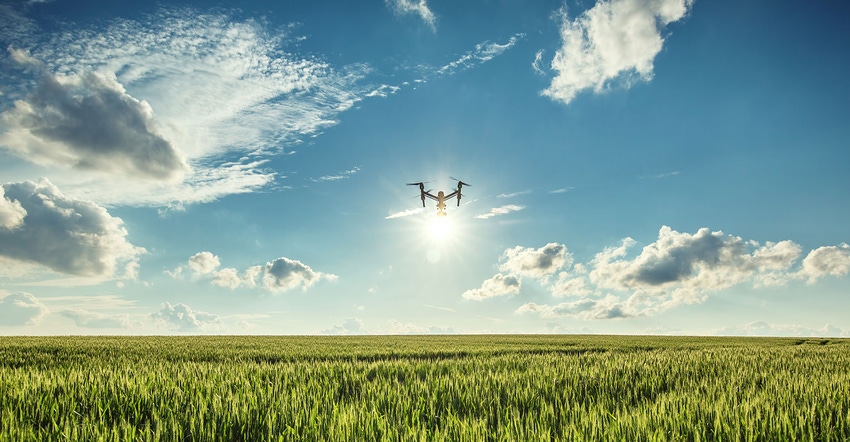December 22, 2016

Sponsored Content
Julie Strain has worked at Red Wing Software for over 20 years, most of those in her current consulting role. Julie consults with agricultural customers of Red Wing Software, helping them implement and run CenterPoint Accounting for Agriculture for their operation. She was also recently elected as the president of the American Society of Agricultural Consultants.
In this interview, Julie shares her insight about trends in agriculture and the future of agricultural technology.
1. How has technology changed in the past ten years in the agriculture industry? (And also, what has stayed the same?)
There have been a lot of improvements in technology in agriculture in the last ten years. While there continues to be advancements in GMO crops, the biggest changes to hit the industry in the last ten years have to do more with precision farming. GPS technology has allowed for the delivery of the correct amounts of fertilizer, chemicals, seed population, and other inputs, as well as moisture to every part of the field and yield measurements taken while the crop is being harvested have helped farms plan better for their next crop. GPS has also allowed for the introduction of auto-steer technology on combines and other equipment. Mobile devices have also increased efficiency by allowing farmers to stay on top of market changes and providing a means of simply retrieving data when and where they need it.
One thing that hasn’t changed is the need for computerized accounting information. Computerized accounting for farmers was introduced in the 1980’s, increased in usage in the 1990’s and continues to improve in the 2000’s. The systems for tracking their financial information have improved in speed and accuracy. The need to have that information for important tax information and management reporting has not changed.
2. What are some things farmers can do to be competitive, regardless of market fluctuations?
One thing that farmers can do to help stay competitive regardless of market fluctuations is to get a good handle on what their real cost of production is. Farmers have traditionally used cash accounting methods for tracking their financials. While cash accounting has been good for tax preparation it often isn’t the best way to look at a production period for management decisions. Choosing an accounting system that will allow them to be able to track their financial information using accrual accounting methods while still allowing for cash tax reporting will help with being able to calculate cost of production. Also using a system that can tie their financial data with production information will allow them to get valuable cost of production information such as cost per acre, cost per bushel (or other units of measure), cost per head for livestock as well as cost per pound or hundred weight
3. Where do you see the future of the agriculture industry going, for larger and smaller farms?
Right now there is all this data floating around and being produced by all these different devices. Being able to pull all of that data together and have these systems talk to each other is really where I see agriculture going in the future. Having the systems talk to each other will prevent the use of valuable time spent on duplicating the entry of that data into multiple sources and will allow for the generation of reports that will give them valuable information for management decisions.
About the Author(s)
You May Also Like




